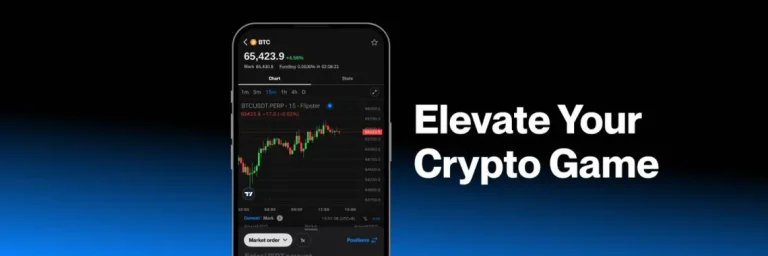
Bitcoin (BTC) has faced significant price swings in 2024, with Q1 seeing strong rallies followed by a notable pullback. As Q2 begins, investors and analysts are debating whether BTC is set for a recovery or if more downside is ahead. One prominent analyst believes that Bitcoin’s current price action mirrors its 2017 bull cycle, suggesting a potential Q2 breakout.
Could historical patterns signal Bitcoin’s next move? Let’s break down the analysis and key indicators pointing to a possible Q2 recovery.
Bitcoin’s Price Action: A 2017 Déjà Vu?
Bitcoin has historically followed cyclical patterns, often experiencing significant pullbacks before major rallies. In 2017, BTC surged to new all-time highs after a Q1 correction, setting the stage for an explosive second half of the year.
Key Similarities Between 2017 and 2024:
✅ Early-Year Rally & Q1 Cooldown – Just like in 2017, Bitcoin saw strong gains in the first few months of 2024 before cooling off toward the end of Q1.
✅ RSI & Momentum Indicators Align – The Relative Strength Index (RSI) and other momentum indicators suggest that BTC is approaching a similar accumulation phase seen before the 2017 breakout.
✅ Institutional Accumulation Signals – On-chain data indicates that long-term holders and institutional investors continue to accumulate BTC, mirroring the accumulation seen in mid-2017.
If history repeats itself, Bitcoin could be gearing up for a Q2 breakout, with the possibility of new all-time highs by the end of 2024.
Key Factors Supporting A Bitcoin Recovery in Q2
1. Institutional Interest & Spot ETF Demand
Bitcoin’s 2024 rally has been largely fueled by institutional adoption, particularly through Spot Bitcoin ETFs. Despite recent volatility, ETF inflows remain positive, with major investment firms continuing to increase their holdings. If this trend continues in Q2, it could provide the buying pressure needed for a recovery.
2. Historical Halving Cycles & Supply Shock
Bitcoin’s next halving event is expected in April 2024. Historically, BTC has seen significant price rallies in the months following a halving due to reduced supply issuance. The combination of increased demand and decreasing new BTC supply could push prices higher in Q2 and beyond.
3. Macroeconomic Factors: Interest Rates & Liquidity
The Federal Reserve’s monetary policy will play a crucial role in Bitcoin’s Q2 performance. If the Fed signals rate cuts or more liquidity in financial markets, risk assets like Bitcoin could benefit. In contrast, if inflation remains high and the Fed delays rate cuts, BTC may struggle to gain momentum.
4. On-Chain Data Signals Strength
Several on-chain metrics indicate that Bitcoin is still in a strong accumulation phase:
📊 Long-Term Holder Supply: Over 75% of BTC supply is held by long-term investors, reducing available selling pressure.
📊 Exchange Outflows: BTC is flowing out of exchanges, signaling that investors prefer to hold rather than sell.
📊 Realized Price Bands: Bitcoin is still trading above key realized price levels, suggesting that the bull trend remains intact.
Bitcoin Price Targets For Q2: Bullish vs. Bearish Scenarios
Bullish Case: BTC Breaks Above $90,000
If Bitcoin follows the 2017 cycle pattern and breaks key resistance levels, $90,000 – $100,000 could be the next major price target in Q2. Key resistance zones include:
- $85,000: A key psychological and technical resistance.
- $90,000 – $95,000: The next major supply zone before BTC can push higher.
- $100,000+: A long-term target if bullish momentum accelerates.
Bearish Case: BTC Struggles Below $78,000
If macroeconomic conditions worsen or selling pressure increases, Bitcoin could test lower support levels before attempting a recovery. Key support zones to watch:
- $78,000: If BTC fails to hold this level, it could trigger further downside.
- $75,000 – $72,000: A strong historical support range.
- $70,000: If BTC breaks below $70K, bearish sentiment could dominate in Q2.
Conclusion: Will Bitcoin Rally Like 2017?
Bitcoin’s current price action shares striking similarities with 2017, a year that saw BTC surge to new highs after a Q1 cooldown. With institutional demand, the upcoming halving, and strong on-chain data, the case for a Q2 recovery remains strong.
However, macroeconomic uncertainties and potential resistance at higher levels mean that traders should remain cautious. If BTC breaks above key resistance, the $90,000-$100,000 range could be next. If not, further consolidation may be needed before the next major move.





